Regulatory Compliance
Regulatory compliance is a critical driver in the Automotive Interior Decorative Trim Market, as governments worldwide implement stringent safety and environmental regulations. Manufacturers must adhere to these regulations, which often dictate the materials and processes used in automotive interiors. Compliance not only ensures the safety of consumers but also mitigates legal risks for manufacturers. As regulations evolve, companies that proactively adapt their practices are likely to maintain a competitive advantage. The market is expected to see increased investment in research and development to meet these regulatory standards, which could lead to innovations in materials and design that enhance both safety and sustainability.
Rising Disposable Income
Rising disposable income levels across various regions are significantly impacting the Automotive Interior Decorative Trim Market. As consumers have more financial flexibility, they are more inclined to invest in higher-quality vehicles with premium interior features. This trend is particularly evident in emerging markets, where a growing middle class is driving demand for luxury and comfort in automotive interiors. Consequently, manufacturers are responding by enhancing their product offerings, focusing on high-end materials and advanced design elements. The increase in disposable income is likely to sustain the growth of the market, as consumers prioritize aesthetics and functionality in their vehicle interiors.
Technological Integration
Technological advancements are reshaping the Automotive Interior Decorative Trim Market, as manufacturers increasingly incorporate smart technologies into vehicle interiors. Features such as touch-sensitive surfaces, integrated lighting, and advanced infotainment systems are becoming standard. This integration not only enhances user experience but also adds value to the vehicle, making it more appealing to tech-savvy consumers. The market for smart automotive interiors is expected to expand, driven by the growing demand for connectivity and automation in vehicles. As a result, companies that invest in innovative technologies may gain a competitive edge, positioning themselves favorably in the evolving automotive landscape.
Sustainability in Materials
The Automotive Interior Decorative Trim Market is increasingly influenced by the demand for sustainable materials. Consumers are becoming more environmentally conscious, prompting manufacturers to explore eco-friendly alternatives such as recycled plastics and natural fibers. This shift not only aligns with consumer preferences but also complies with stringent regulations aimed at reducing carbon footprints. As a result, the market is witnessing a rise in the adoption of sustainable practices, which could potentially enhance brand loyalty and market share for companies that prioritize eco-friendly materials. In fact, the use of sustainable materials in automotive interiors is projected to grow significantly, indicating a robust trend towards greener manufacturing processes.
Customization and Personalization
The Automotive Interior Decorative Trim Market is experiencing a notable shift towards customization and personalization. Consumers are increasingly seeking unique interior designs that reflect their individual tastes and preferences. This trend is prompting manufacturers to offer a wider range of options, from color choices to material selections, allowing customers to tailor their vehicles to their liking. The rise of online configurators and design tools further facilitates this trend, enabling consumers to visualize their customizations before purchase. As a result, the market is likely to see an increase in demand for bespoke interior trims, which could lead to higher profit margins for manufacturers who cater to this growing desire for personalization.


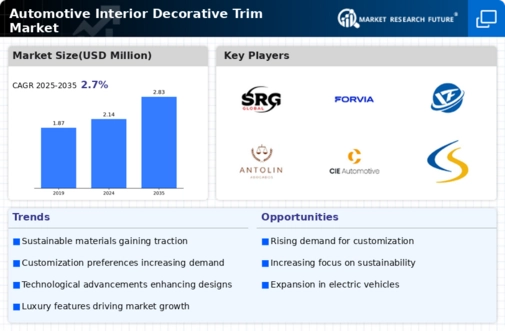
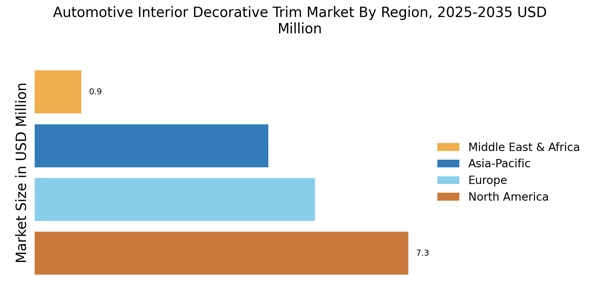
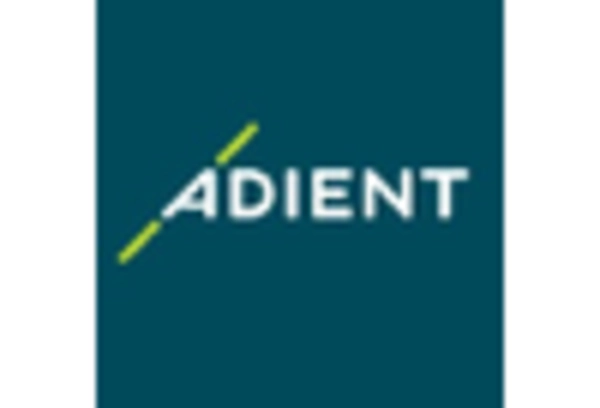

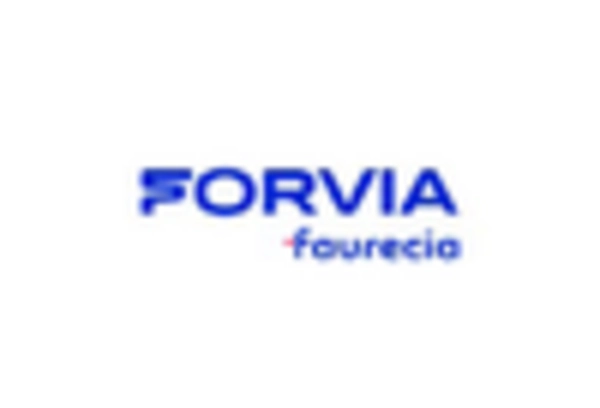

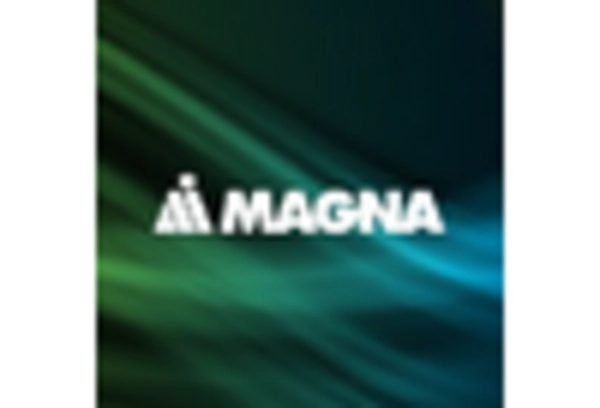
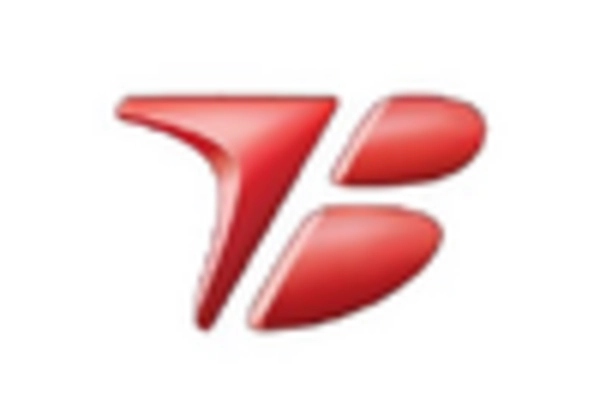








Leave a Comment